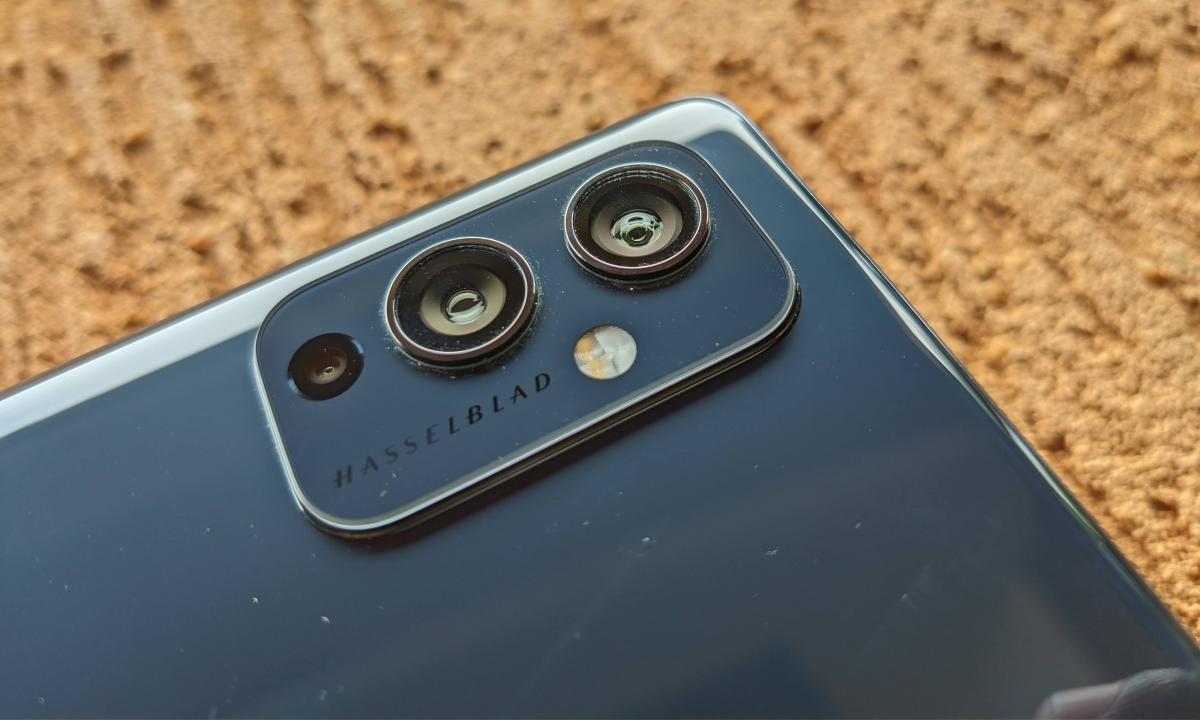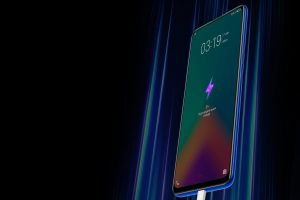We often see smartphone manufacturers advertising the number of megapixels on the phone cameras as one of the major selling points for their phones. However, do megapixels matter? What makes a good camera? The short answer is that megapixels don’t necessarily mean better photos. I will explain in detail.
Before we go any further, let’s start by understanding what a megapixel is.
What are megapixels?
Pixels are small squares of data that fuse to make up an image. One million pixels make up a megapixel. For example, if a smartphone camera has 64 megapixels, it will capture images with about 64 million tiny squares of data per inch. Does this mean the higher the number of megapixels, the better the quality of photos? Well, let’s first look at how digital cameras work.
How digital cameras work
When taking a photo, light rays reach the camera lenses and are directed to the camera sensor. The image sensor converts all the light from the lens into millions of pixels and then measures color and brightness variations in the pixels and stores them as a number. This means that the picture coming out is a long string of numbers that describe all the pixels in the image.
The camera sensor surface is divided into very small areas for each pixel. This means that the more megapixels a camera has for a certain sensor size, the smaller the area assigned to every pixel.
The better the lenses, the higher their accuracy to direct the light rays to every part of the sensor, and the more precise the sensor.
Related Article: The Under-display Camera is Getting Real: Here’s a List of Phones With it
Why more megapixels don’t mean more quality
The quality of the camera is influenced by the quality of the sensor and not by the number of megapixels. The lenses your smartphone camera has also determine the quality of your photos.
A smartphone camera with fewer Megapixels but with a better sensor and better lenses produces clearer images than another camera with more megapixels but an inferior sensor and lenses.

Do not choose a smartphone just for the number of megapixels its camera comes with. Instead, make the sensor quality, the lenses quality, and the capacity to take great photos at lower light conditions the priority.
Advantages of having more megapixels
So what do more megapixels bring to the table? If you plan to print your photos, the number of megapixels is vital. Printing a photo for a billboard will require a higher number of megapixels than printing on A4 paper. Also, having more megapixels means you can crop images to focus on just the subject matter without hurting the quality of the image.
Yes, the number of megapixels is one of the parameters used when judging smartphone cameras, but they are not crucial in determining a photo’s quality. Focus more on factors like the sensor and lenses when making that purchase decision of a smartphone.
Feature Photo by George Milton from Pexels
Discover more from Dignited
Subscribe to get the latest posts sent to your email.












